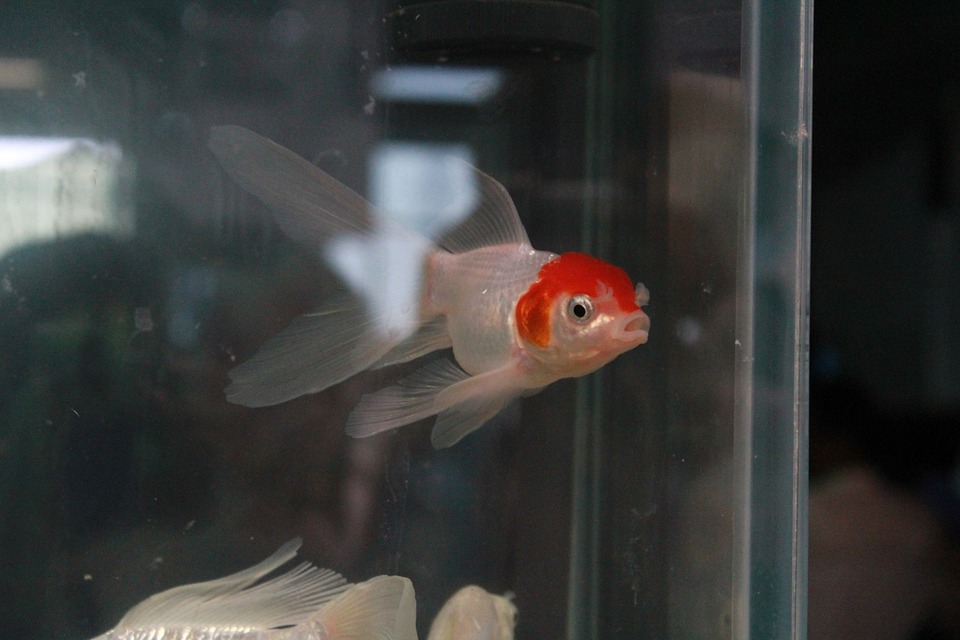
Story about acrylic Aquariums
All about Acrylic Aquariums
The practice of keeping aquariums came about in the late 1800’s. The pastime of keeping fish was very limited. Usually these ancient aquariums were built with only one side made of glass with the other three sides being made of metal or wood. Most aquariums consisted of fish that were native to the region of the aquarist simply because of the availability. Also most old school fish tanks contained only fresh water fish. The salt water was thought to corrode the metal frame that held the aquarium together therefor not taking a chance with the structure.
Aquariums made their biggest changes and swing in popularity in the 1960’s with the invention of silicone glue. Metal frames built with the aquarium were becoming less used and more and more people started to venture into salt water fish and invertebrates. More recently acrylic aquarium started coming about and began their rise in popularity. Acrylic is made of a plastic which assured a much lighter material to make aquariums out of, rather then the glass counterpart. Acrlyic aquariums do not use a silicone adhesive to combine the joints but instead use a bonding glue that literally fuses and bonds the seams togehter chemically. These plastic buit aquariums are very flexible and far more for forgiving than there glass counterparts. If any rock or large object hits a glass tank it will almost certainly break or shatter. The flexibility of an acrylic tank will hopefully prevent the tank from breaking. In addition acrylic offers more versitility in design its design option rather than glass. Acrylic you can bend and form into shapes/curves that you just cant do with glass. These are not the only advantages in fact most advantages point to an acrylic aquarium besides the scratching aspect. Acrylic tanks are:
Lighter
Easily Machinable
Can be bent into shapes and curves
Is physically more optically clear
That being said there is a downfall to owning an acrylic aquarium. They do scratch much easier than glass. When cleaning your acrylic aquarium be careful not to use abrasive towels and harsh chemicals as they can scratch the acrylic surface of the aquarium. Always use a cleaner specifically labeled for acrylic and plastic. Use plastic, rubber, or acrylic safe scrubbers rather than metal to clean the algae from the sides of an acrylic tank. When cleaning your acrylic aquarium be careful not to accidentally pick up a piece of substrate or gravel you could mistakenly scratch the inside or outside of the tank. However if this does happen it is not impossible to get the scratches out. The tank can be repaired unlike glass. There are acrylic scratch removal kits such as Novus Acrylic Polishes or PentAir Aquariums Scratch Removal sand paper kit.
Acrylic aquarium can be a great option to purchase if you require a special shape and size. For our store in particular the availability of acrylic aquarium is a bit harder then glass aquariums. Acrylic aquariums mostly all need to be special ordered, while standard size glass aquariums can be ordered weekly.
Whether you choose glass or acrylic make sure you understand the care for each aquarium and make sure to get adequate filtration, lighting, and heaters to have a successful tank. Landscape your aquarium for the correct habitat you have chosen and most of all have fun and be patient with your hobby.

